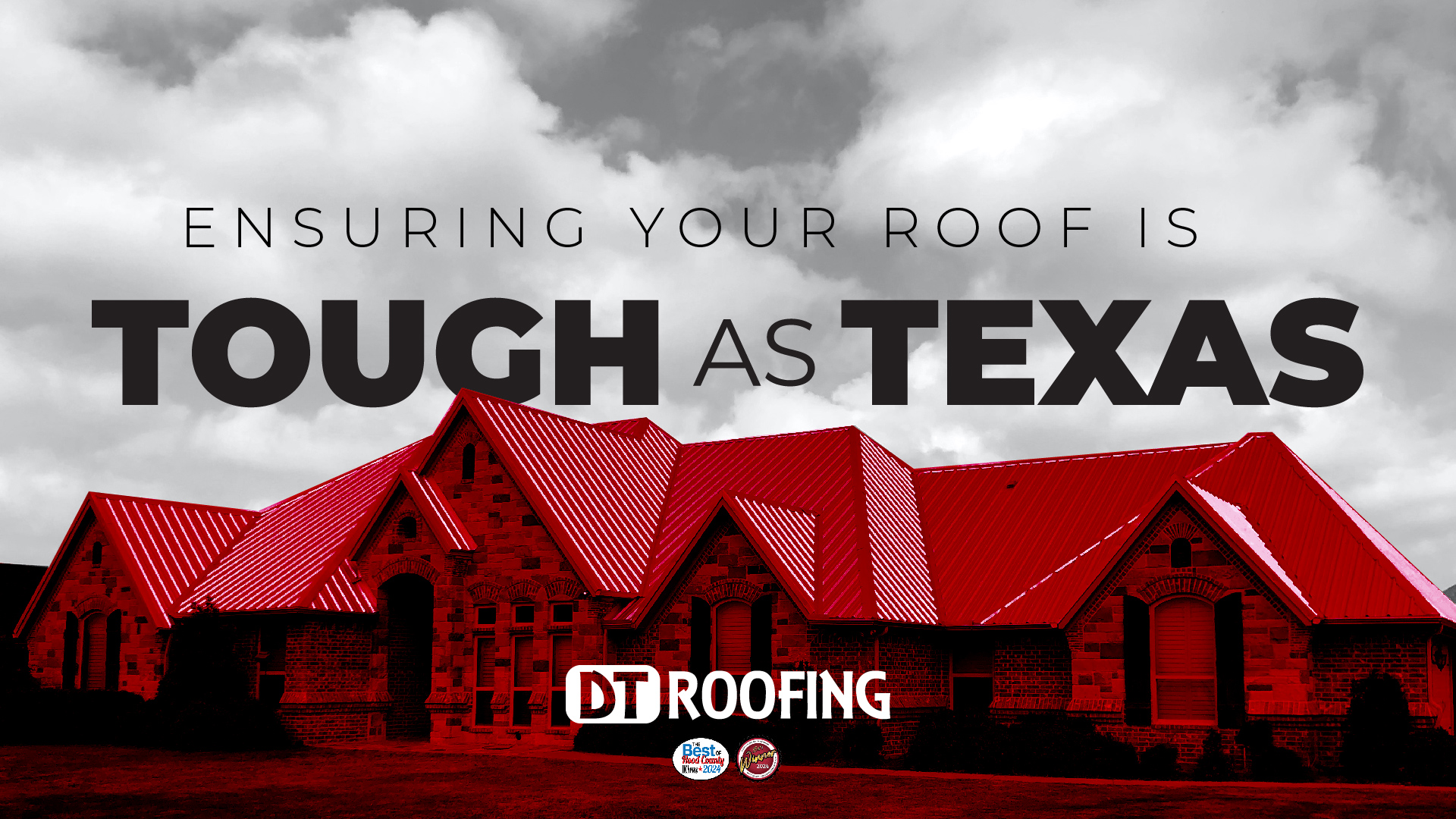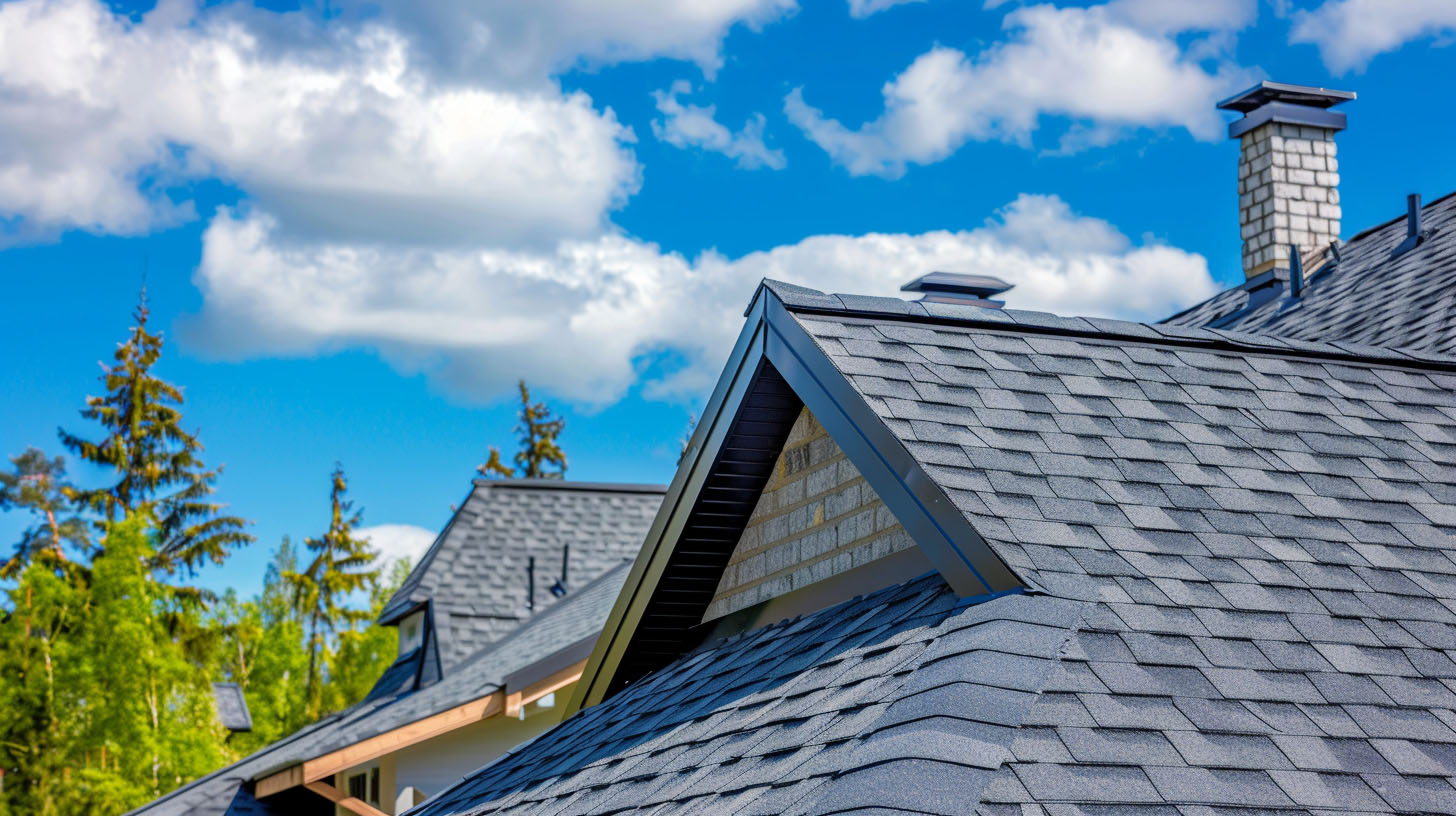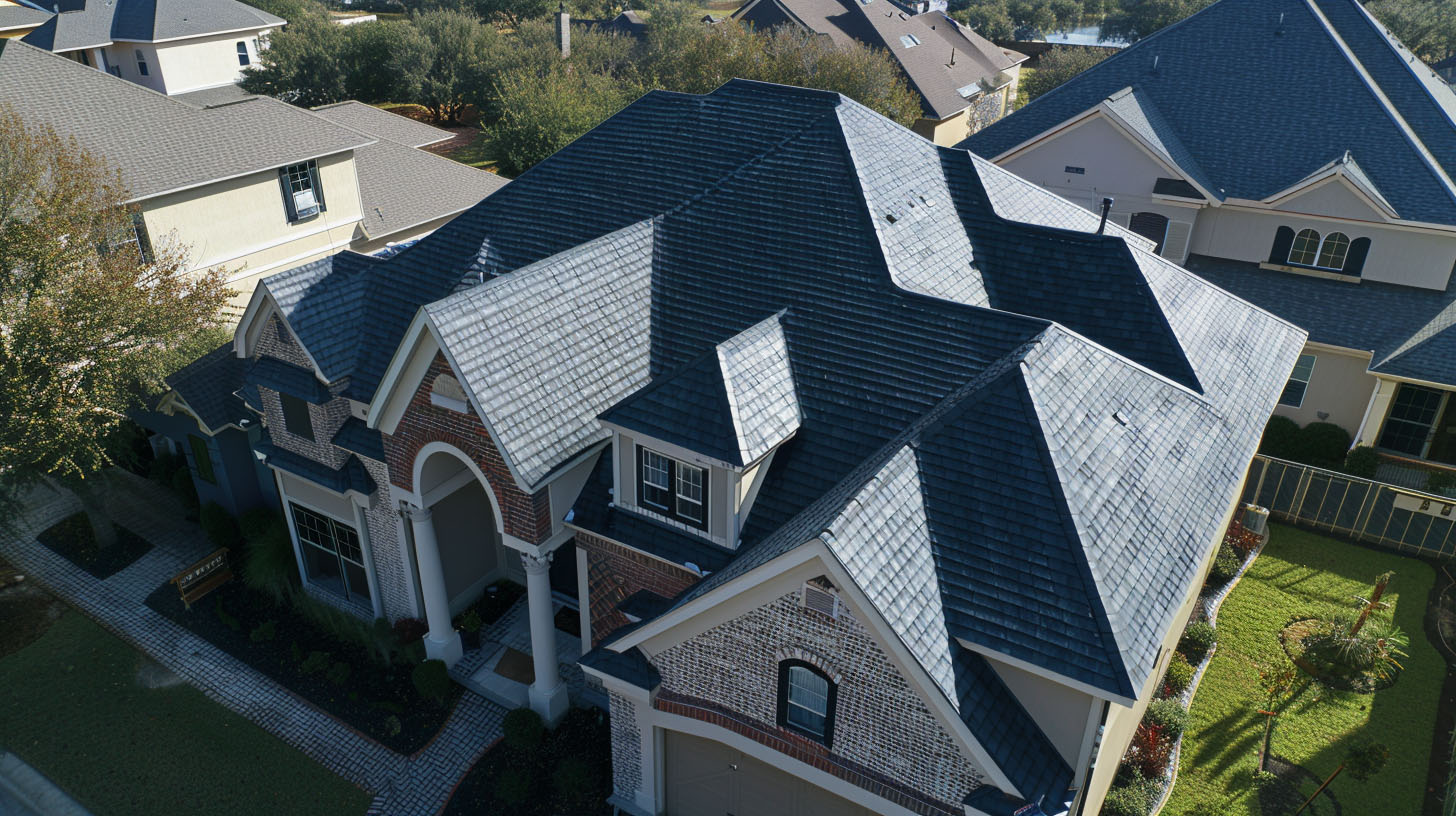
Steps to Get Your Roof Hurricane-Ready
Hurricanes may be more common along the Texas coast, but their destructive winds and torrential rain can reach deep inland—including places like Stephenville, TX. That’s why preparing your roof ahead of hurricane season is one of the smartest things you can do as a homeowner. At DT Roofing, we’ve helped countless residents safeguard their homes from wind-driven rain, flying debris, and structural roof failures through strategic preparation and roofing system upgrades.
While no roof is entirely hurricane-proof, taking the right preventative steps can significantly reduce the risk of damage and minimize costly repairs. Here’s how to get your roof hurricane-ready—before the storms arrive.
Understand What a Hurricane Can Do to Your Roof
Hurricanes and tropical storms generate intense wind speeds that can:
- Lift or tear off shingles
- Loosen flashing and ridge caps
- Blow debris into vents and weak points
- Cause tree limbs to collapse onto the roof
- Drive rain under damaged areas, leading to leaks and mold
- Lead to structural collapse from prolonged saturation
Even if your home isn’t directly in the path of a hurricane, feeder bands and storm systems can dump inches of rain and create wind gusts exceeding 100 mph.
For this reason, preparing your roof should be as much a part of your hurricane checklist as stocking supplies and checking emergency plans.
Step 1: Schedule a Professional Roof Inspection
The first step in preparing for hurricane season is understanding your roof’s current condition. Is it nearing the end of its life? Are there weak spots or loose components? Only a thorough inspection can answer those questions.
At DT Roofing, we offer detailed roof inspections that evaluate:
- Shingle condition and adhesion
- Flashing integrity around chimneys, vents, and valleys
- Underlayment performance
- Attic ventilation and signs of moisture
- Nail patterns and edge sealing
- Existing roof penetrations or weak points
By identifying vulnerabilities early, we can recommend targeted repairs or full replacement if needed—giving your roof its best chance to withstand hurricane-strength weather.
Step 2: Reinforce Shingles and Flashing
High winds exert pressure that can cause shingles to peel or rip away from the decking. Modern shingle systems—especially those from Owens Corning with SureNail® Technology—are engineered for superior wind resistance up to 130 mph or more when properly installed.
To further fortify your roof:
- Secure loose or lifted shingles with roofing cement
- Replace any damaged or missing shingles
- Apply sealant to exposed nails and flashing points
- Use specialized hurricane clips or fasteners where applicable
- Reinforce ridge caps and starter strips
Also inspect and reinforce metal flashing, which protects vulnerable intersections. Torn or dislodged flashing is a common entry point for wind-driven water.
Step 3: Clean and Clear the Roof and Gutters
A clean roof is a stronger roof. Debris like leaves, pine needles, and branches can trap water and create weight that stresses your roof during a storm. Clogged gutters and downspouts can cause rainwater to back up under shingles and overflow onto the fascia.
Before hurricane season hits:
- Remove debris from the roof surface
- Trim overhanging tree branches
- Flush out gutters and ensure proper drainage
- Secure loose gutter brackets or guards
Keeping water moving off your roof quickly is one of the best defenses against leaks and water damage.
Step 4: Inspect Attic Ventilation and Seals
Attic ventilation might not seem like a top hurricane prep task, but it plays a crucial role in regulating pressure. Inadequate or unbalanced ventilation can lead to pressure buildup in the attic during a storm—potentially causing uplift and structural damage.
Make sure all vents are:
- Properly sealed and secured
- Screened to prevent wind-driven rain or debris intrusion
- Balanced between intake (soffit vents) and exhaust (ridge or box vents)
If your attic insulation shows signs of moisture or mold, address it immediately—it may point to existing leaks that will worsen under hurricane conditions.
Step 5: Secure Roof-Mounted Equipment
Do you have solar panels, satellite dishes, antennas, or HVAC equipment mounted on or near your roof? These items should be checked and secured before storms arrive. Improperly mounted equipment can become projectiles or tear into your roof covering if dislodged.
Work with a professional to:
- Confirm all mounts use hurricane-rated fasteners
- Check for corrosion or loose hardware
- Reinforce mounts with additional bracketing if necessary
Step 6: Review Your Roofing System’s Warranty and Insurance
Before hurricane season, review your roofing warranty and homeowner’s insurance policy. Does your warranty cover wind or water damage? Does your insurance include coverage for full roof replacement?
At DT Roofing, we only use roofing products that meet industry-leading standards and carry solid warranties. For example, Owens Corning’s Total Protection Roofing System® offers a lifetime limited warranty when installed by certified contractors like us.
Having these details squared away means you won’t be scrambling if damage does occur.
Step 7: Plan Ahead—Don’t Wait for the First Forecast
The key to hurricane roof preparedness is acting before storms are imminent. Roofing contractors get inundated with calls as soon as a storm warning is issued—and material shortages can occur rapidly. Scheduling inspections, repairs, and upgrades early ensures your roof is prioritized and protected.
We recommend beginning your roof prep in late spring so that your home is ready before the peak of hurricane season, which typically runs from June through November.
Final Thoughts
Your roof is the first line of defense against extreme weather—and during hurricane season, it can mean the difference between minor cleanup and major loss. At DT Roofing, we help homeowners in Stephenville and across Texas fortify their homes with high-performance materials, professional installation, and proactive maintenance.
Don’t wait for the storm to tell you your roof wasn’t ready. Let us help you take the steps today to ensure your roof can weather tomorrow.
Read also our blog: Why Communication Is Key When Choosing a Roofer











